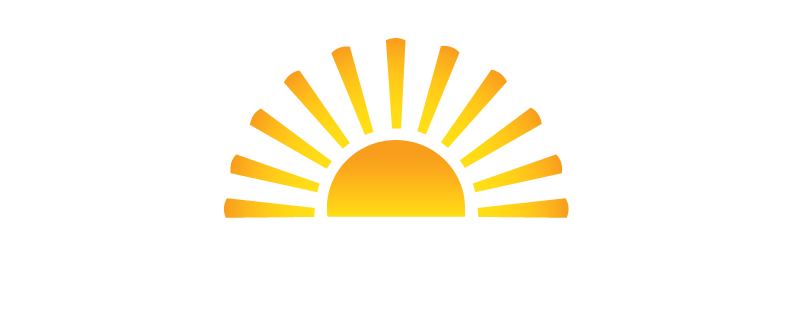Dorsal Root Ganglion (DRG) Stimulation
The dorsal root ganglion (DRG) is a densely packed cluster of neurons that carry sensory information to the spinal cord. The ganglions are located near the dorsal root of a spinal nerve, which is where the nerves begin to branch off from the spine. The location of the DRG commonly associates it with sensory stimuli (including pain) that originates in more distant parts of the body, such as the feet, legs, or arms.
Schedule a consultation today
What is DRG Stimulation?
Dorsal Root Ganglion (DRG) stimulation is an advanced, FDA-approved pain management therapy that uses mild electric pulses to stimulate the DRG.
An implanted battery emits mild electric pulses which travel along specially placed leads to “stimulate” specific nerves. This stimulation interrupts pain signals before they reach the spinal cord, providing meaningful pain relief.
DRG stimulation targets “hard-to-reach” nerves that cause peripheral nerve pain, such as pain in the feet, legs, ankles, knees, hips, and pelvis.
Who is a candidate for DRG Stimulation?
You may be a good candidate for a DRG stimulator if any of the following applies to you:
- You are experiencing chronic pain in the feet, legs, ankles, knees, hips, pelvis, or groin
- Previous therapy and treatment for this pain have been unsuccessful
DRG stimulation is a particularly effective treatment for common conditions such as complex regional pain syndrome (CRPS), phantom limb pain, and pain caused by failed joint replacement surgery.
Before the permanent DRG stimulator is implanted, a trial will be performed to assess the effectiveness of the treatment.
What can I expect during the trial?
The DRG trial procedure is performed by a physician at an outpatient surgery center. After being admitted, you will receive sedation through an IV prior to the procedure. When you are brought into the procedure room, your skin will be cleaned at the lead insertion sites and a local anesthetic will be applied to numb your skin. A physician will use a small needle to place two temporary leads for the DRG stimulator along the area of the spine that correlates with your pain. Once the leads are placed, they are connected to an external battery and covered by a large bandage.
You will get to go home and use the DRG stimulator in your daily life for five to seven days.
At the conclusion of the trial period, you will return to the clinic to have the leads removed by a nurse. At this time, you will discuss the amount of pain relief you received during the trial. If you decide to pursue a permanent, implanted system, we will submit to your insurance company for authorization.
What can I expect during the implant surgery?
Prior to the implant surgery you will need to obtain a preoperative history and physical evaluation from a primary care provider. You will also need to have an implant education appointment with your Twin Cities Pain Clinic provider.
The DRG stimulator is implanted by a physician at an outpatient surgery center. After being admitted, you will receive sedation through an IV prior to the procedure. When you are brought into the procedure room, nurses will prep and clean your skin. A physician will make an incision in your back and use a small needle to place the permanent leads for the DRG stimulator along the area of the spine that correlates to your pain. Once the leads are placed, they will be connected to a battery which is then implanted in the lower flank or buttock. The incision(s) will be stitched and bandaged, after which the procedure will be complete.
What can I expect after the surgery?
You will be brought to the patient recovery area and monitored by a nurse until your anesthesia wears off. For your safety, you will need a driver to take you home.
To prevent movement of the implanted leads, there are certain activities you should avoid for six to eight weeks after the surgery, including bending at the waist, twisting, reaching overhead, and lifting more than five pounds.
You will return to the clinic one week after the surgery, at which time a nurse will examine your incision site(s). You will also meet with a representative from the DRG device company who will turn on and program the device. Additional post operative appointments may be needed to adjust your device and to maximize its benefit.
After that, all that’s left to do is enjoy your newfound pain relief!
DRG Stimulation at Twin Cities Pain Clinic
The physician team at Twin Cities Pain Clinic has extensive experience in DRG stimulation therapy. If you experience chronic pain in the extremities, contact us and learn how DRG therapy could help relieve your pain.
Additional Information
Dorsal Root Ganglion (DRG) Stimulation can be utilized as a treatment for:
Schedule a consultation with a Twin Cities Pain Clinic provider to discuss if a DRG stimulator can help with your pain.
Schedule a consultation today
RELIEVE YOUR PAIN, RENEW YOUR LIFE!

